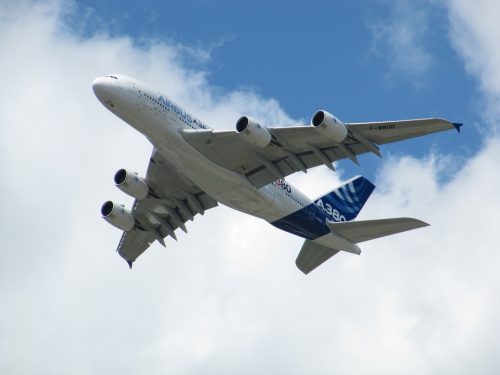Confused About Which Pilot License or Certificate to Choose? Read this!
If you dream of becoming a pilot, you must know about the FAA’s different types of pilot licenses. The FAA is the governing body that establishes and enforces rules and regulations related to aviation. They set high standards and ensure that all aircraft meet the required standards to fly. For instance, each aircraft must have components such as overhauled aircraft wheels that are FAA regulated and safe to fly, for a lack of compliance can cause serious issues which can result in fines or even a loss of life if this is not picked up on early.
It categorizes pilots based on the ratings, regulations, and classifications. So depending on your ratings and pilot license type, you will be licensed to fly an aircraft. However, before planning to get a pilot license, you first need to decide your pilot goals.
To help you understand which pilot license type will suit you, we have mentioned all the important pilot certifications and license details in this article.
Take a look.
Contents
Private Pilot Certificate
For most pilots in the US, a private pilot certificate is the first step and a prerequisite to obtaining a commercial pilot certificate. So all professional pilots start from here. Flyhaa flight training can also be seen as a European flight academy, welcoming students even from European countries.
A private pilot can fly any plane and carry passengers as per the capacity of the aircraft. The ICAO member countries also recognize the private pilot license issued by the FAA.
However, a private pilot cannot get paid to work as a pilot, and the pilot needs to pay the operating costs of the flight. Moreover, a private pilot can only fly in good weather with clear visibility. To fly through clouds or during low visibilities, they need to add an instrument rating to their license.
The minimum flight time a private pilot must log to be eligible for a private certificate is 40 hours.
Commercial Pilot
A commercial pilot is generally hired by an air carrier company as a copilot and gets paid to be a pilot.
To receive your commercial pilot license, you need to meet the following requirements:
- You must have attained the age of at least 18 years.
- Speak and understand English.
- Clear all required exams.
- At least 250 hours of flight time.
- You must have a 2nd Class Medical Certificate.
The commercial pilot license is essential for becoming a flight instructor. The first job commercial pilots generally do a flight instructor. It assists them in gaining experience and building the hours required by most commercial airline companies.
To fly in inclement weather, a commercial pilot need to clear an instrument rating course. The minimum flight time required to obtain a commercial certificate is 250 hours.
Airline Transport Pilot
The Airline Transport Pilot certificate is essential for the captain at an airline company. A pilot must have a commercial pilot’s license and a minimum flight time of 1,500 hours to obtain an ATP certificate.
Remote Pilot
The remote pilot certificates are issued to the operators of drones and UAVs. It is essential for operators who fly drones that weigh more than 55 ounces. To get a remote pilot certificate, you need to clear a written exam.
Student Pilot Certificate
The student pilot certificate is a learning license that requires no flight training or ground instructions. To get a student pilot certificate, you need to be at least 16 years old. You can quickly obtain it through an online application on the Integrated Airman Certification and Rating Application (IACRA) website.
Sport Pilot Certificate
A sport pilot certificate permits one to fly a light-sport aircraft without an FAA medical certificate and demands at least 20 hours of flight experience. To obtain this certificate, you must be at least 17 years old, know English well, and earn it in two weeks.
Pilot Ratings
Other than the student pilot certificate, all other pilot certificates have at least one aircraft class ratings associated with them. A type rating is essential for an aircraft with a turbojet powerplant and weight above 12,500 lbs.
Pilots can also get ratings for operational privileges, such as instrument ratings requiring intensive training and permit flying by reference to aircraft instruments.
Final Word
Earning the certificates mentioned above takes grit and perseverance. So, before applying for a certificate, decide on the aircraft you want to fly as different aircraft demand different pilot certificates.




